Could Taiwan’s Political Left Reconsider Nuclear Power?
By Seaver Wang and Daniel Chen for The Diplomat
10-13 minutes
The Debate | Opinion
Past politics have tainted nuclear power in Taiwan, but a positive, forward-looking, and socially responsible platform is possible.
Credit:
Flickr/ Nisa Yeh
Modern Taiwan is reinventing itself. From shifts in electoral politics to recognition of complicated historical legacies to reconsideration of the country’s climate future, Taiwanese are reimagining many aspects of society with a bold vision for what the country should look like tomorrow.
That same fearlessness doesn’t currently apply to how progressive Taiwanese think about the role of nuclear power. Nuclear attitudes have returned to center stage amidst
an imminent referendum vote on whether to resume construction of the Longmen Nuclear Power Plant (often referred to as NPP4), a measure which left-wing politicians are rallying voters to oppose.
Rather than considering how to reform or improve Taiwan’s nuclear sector, the left and “pan-Green” political platforms
have generally called for the complete phase-out of nuclear energy. Given that so many other domestic institutions in Taiwan are being transformed to better align with today’s world and values, why haven’t left-wing, pro-Taiwan politicians and activists also considered alternative approaches that would seek to reform nuclear energy production in Taiwan to better match their societal aspirations?
The answer is that nuclear politics in Taiwan today remain tied
to decades of social and political history, with attitudes about nuclear power closely associated with political identity. Many of the core points of political contention surrounding nuclear issues in Taiwan are related to ideas about government accountability, Indigenous rights, and democratic community engagement.
During Taiwan’s period of authoritarian rule, the right-wing Kuomintang (KMT) administered nuclear power projects in the same way it conducted much of domestic policy – with
disregard for local opposition and dissent. During the 1970s and ‘80s, left-wing activists
joined forces with Taiwanese nationalists and anti-nuclear environmentalists to resist government oppression. The shared vision of a pristine Taiwan untainted by repressive dictators from the Chinese mainland united this seemingly rag-tag bunch into a coherent “pan-Green” political movement. In the decades since, a younger generation of progressive Taiwanese found their political awakening during the 2014 Sunflower Movement, in which a student occupation of the Legislative Yuan in rejection of the policies of the then-majority KMT
took place contemporaneously with domestic anti-nuclear protests.
These political dynamics continue to mark nuclear politics in Taiwan today, as evidenced by intense recent debates over
the upcoming December 18 referendum. Both the left-leaning and pan-Green groups continue to point out the problematic non-consultative, anti-democratic history of Taiwan’s nuclear facilities, especially long-standing disputes specifically related to NPP4. Meanwhile, KMT politicians and allied pro-nuclear advocates have only reinforced the association of nuclear power with forceful, callous institutions,
bluntly dismissing public concerns regarding waste storage,
mocking an Indigenous counterpart during a televised debate, and even
making physical threats against political rivals.
It goes without saying that such offensive right-wing rhetorical theatrics have no place in civil political discourse. At the same time, this invective also has little to do with the fundamental technical matters inherent to nuclear technology or power plant management. The referendum process has rather highlighted how debates on nuclear power in Taiwan have become entrenched and narrowly focused, with attention revolving around polarizing statements and partisan politics.
This is problematic because the question of Taiwan’s energy future is ultimately much larger than made-for-TV politics or even than the upcoming referendum vote on NPP4. In pursuing both greater energy security and a greener energy landscape, Taiwan faces a difficult path ahead. If the Democratic Progressive Party’s nuclear phase-out policy becomes a reality as planned, removing nuclear power as an option, that path will only become more challenging.
Nuclear energy remains Taiwan’s largest source of clean electricity by a factor of two,
producing 11 percent of Taiwan’s national power generation. While national policies call for the replacement of existing generation with additional wind and solar capacity, Taiwan is not currently on track to meet its renewable energy deployment targets. The Ministry of Economic Affairs’ Bureau of Energy had
estimated in 2018 that renewable electricity might provide 9 percent of national generation in 2020, and current goals aim to have renewables
support 20 percent of power production by 2025. In reality, renewable sources produced
just 5.4 percent of Taiwan’s electricity in 2020, actually declining relative to 2019 generation. Granted, 2020 will be remembered as an anomalous year in history, but Taiwan must nearly quadruple its renewable generation in four years to meet the 2025 target. Meanwhile, 2025
capacity deployment goals envision only a two to threefold increase in renewable generation capacity
relative to 2020 levels.
Should Taipei’s efforts to expand wind and solar energy fail to meet expectations, phasing out nuclear power in Taiwan would merely represent
“treadmill decarbonization,” where new renewable capacity largely only replaces existing nuclear generation, without significantly changing the amount of Taiwan’s energy provided by import-dependent fossil fuels. At the same time, Taiwan’s
demand for electricity is continuing to grow and may spike further
as new energy-intensive semiconductor plants for 3 nanometer chips commence production. This combination of factors may thus leave Taiwan’s economy vulnerable to the unpredictability of fossil energy markets and global supply chains, with commensurate risks for Taiwan’s regional economic competitiveness. While the world will undoubtedly pay top dollar for 3 nm chips, other export commodities like electronics, appliances, or metals that become more expensive due to production hurdles may lose ground in the global marketplace.
One wonders whether such practical concerns might eventually prompt the political left in Taiwan to develop its own vision for nuclear energy – a positive, forward-looking, and socially responsible platform that is fully compatible with its progressive agenda, while outflanking and presenting a vibrant alternative to heavy-handed KMT politics. For instance, such a reform-focused strategy might direct Taipower and government regulators to better manage earthquake or disaster risks, or devise benefits-sharing policies to help reach consensus around new proposals. Current initiatives
compensating communities for past, non-consultative projects could be expanded to include productive investments in local infrastructure and services that leave more lasting, long-term value for nearby inhabitants than financial payments. A new pan-Green nuclear strategy might consider how keeping nuclear capacity in order to retire more coal plants provides environmental justice benefits by reducing air pollution and hazardous coal ash production, as well as global benefits via greenhouse gas reductions that help fulfill Taiwan’s climate obligations to the wider world.
Such a shift in attitude might be assisted by corresponding shifts in nuclear technology that can even more sharply separate the future of nuclear power in Taiwan from its past. Looking ahead, new advanced nuclear technologies could address many concerns that feature prominently in public nuclear discourse.
Emerging designs offer vast improvements in safety, such as reactors that are incapable of losing cooling capacity or that can be sited underground for high protection. Such new technologies represent a far better future investment than new fossil gas infrastructure that will only impede Taiwan’s energy security and climate ambitions for the foreseeable future.
When it comes to advanced nuclear concepts, however, it is key to acknowledge that important obstacles stand in the way of plans to deploy such new nuclear projects in Taiwan. Despite no formal diplomatic recognition by the United States, Taiwan is one of only two nations in the world that
the U.S. has imposed a Gold Standard 123 agreement upon, forfeiting Taiwan’s rights to fabricate nuclear fuel and recycle waste. Similarly, though Taiwan’s nuclear facilities are under intense surveillance under the
IAEA Additional Protocols, exclusion from the United Nations means that Taiwan is not recognized by the IAEA, let alone able to participate in its decision making. This level of meddling by foreign entities that are otherwise hesitant to so much as publicly acknowledge Taiwan raises many practical obstacles to pursuing advanced nuclear development, on top of being deeply humiliating to the Taiwanese people.
However, such convoluted international dynamics also present useful progressive opportunities. In keeping with broader
efforts to reintegrate Taiwan into the international community, most recently with its U.S.-sanctioned bid
to join the WHO, Taiwanese leaders can also make bold demands of the United States and international institutions like the IAEA to remove restrictive policies on waste treatment and nuclear technology that currently impede Taiwan’s nuclear sector, thereby opening another new front in Taiwan’s important struggle for greater international representation.
Ultimately, rather than opposing political parties having different stances on whether to use a technology, it makes far more sense for parties to have different ideas about how to govern and use that technology. Nuclear power in Taiwan may carry associations of community opposition, institutional distrust, risk, and partisan controversy, but these dynamics are not inherent to nuclear technology. There are problems that could be resolved with some of the same bold creativity that Taiwan’s people have applied to so many other corners of society. There is little doubt that progressive Taiwanese possess the power to craft a future-forward vision for nuclear power that reforms and overcomes its legacy challenges in Taiwan.
Past politics have tainted nuclear power in Taiwan, but a positive, forward-looking, and socially responsible platform is possible.
thediplomat.com

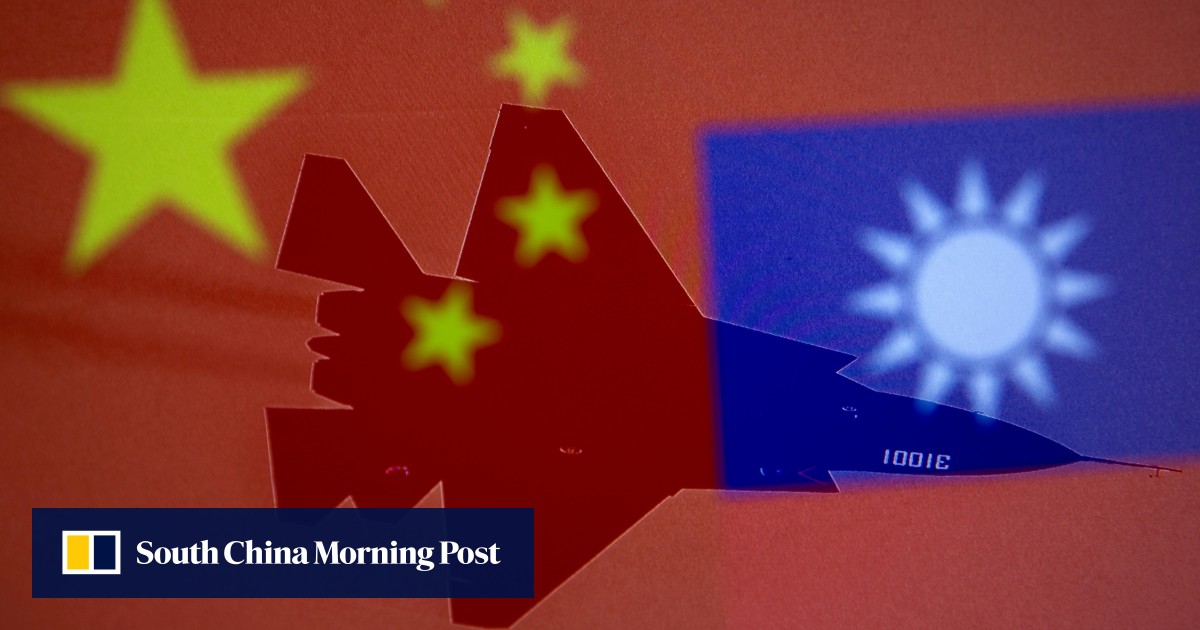
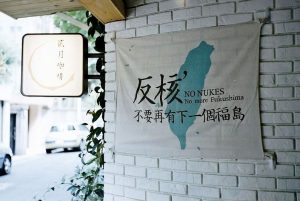



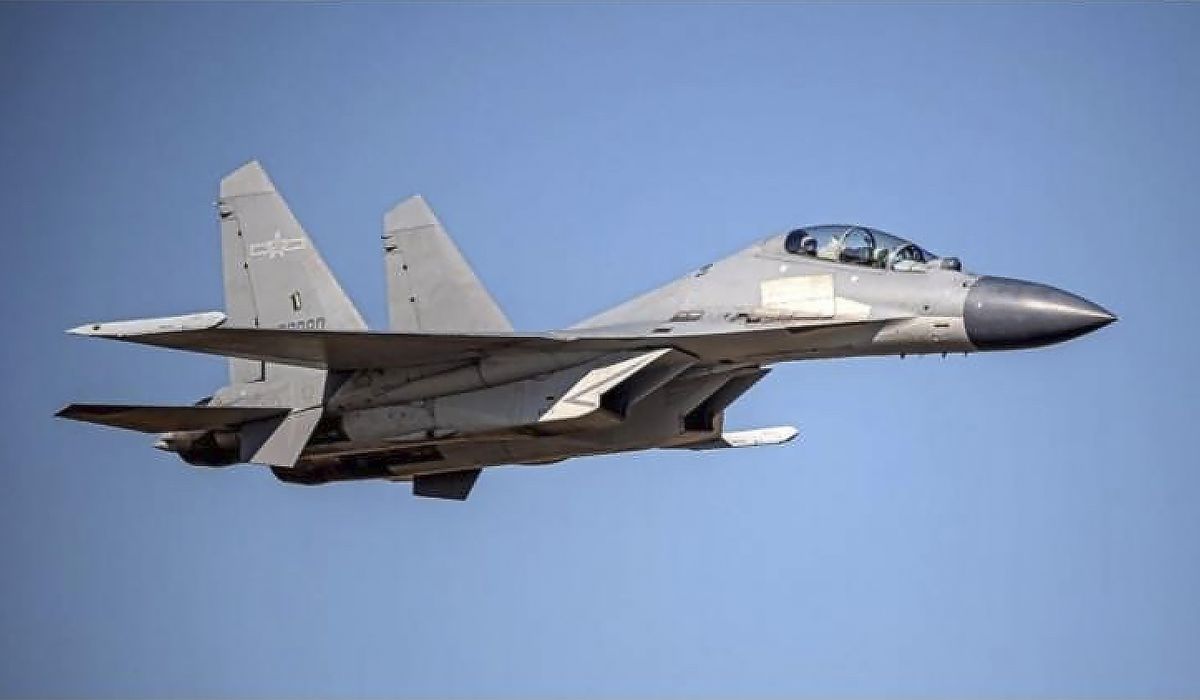

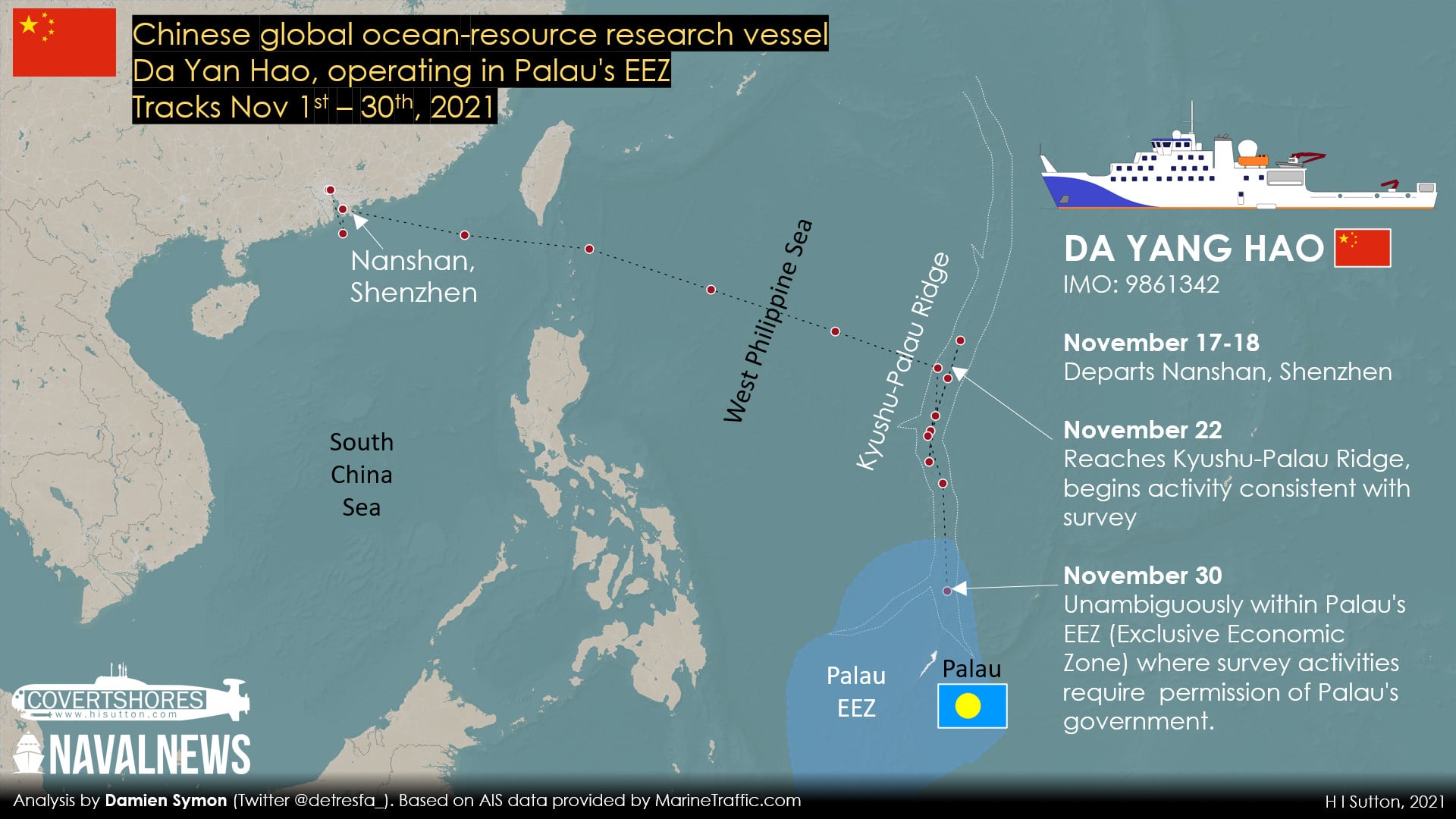


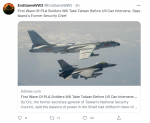



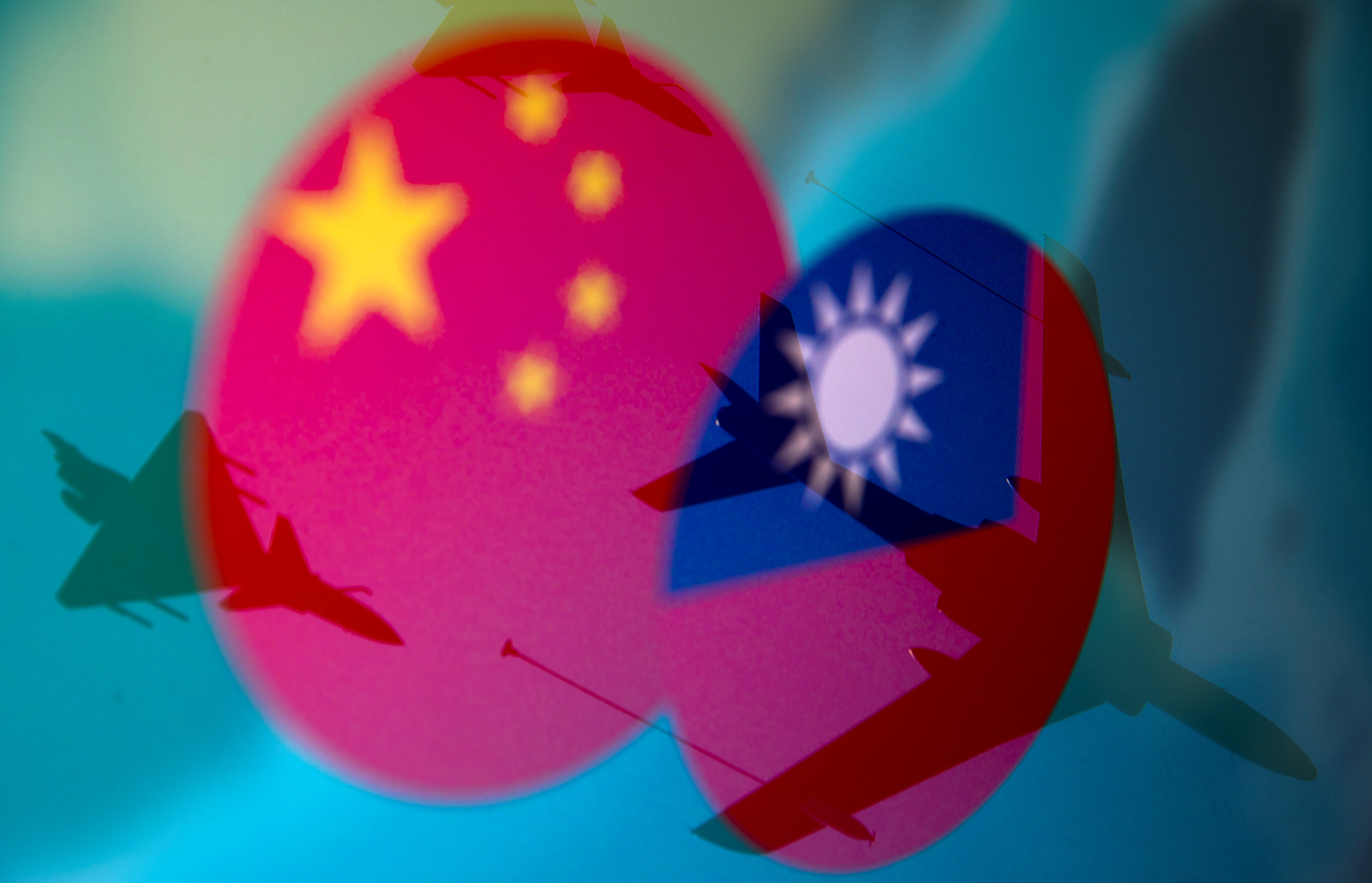
/cloudfront-us-east-2.images.arcpublishing.com/reuters/L4M57YGIH5N3ZIDOKGJXJYVZ24.jpg)


